More Brain Exercise - Review
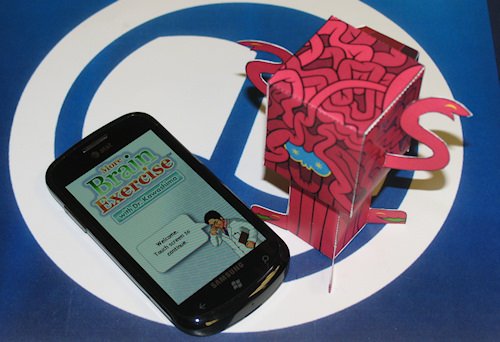
When Nintendo’s Brain Age: Train Your Brain in Minutes a Day! debuted on the DS in 2006, it jump started the brain training sub-genre. Based on the theories of neuroscientist Dr. Ryūta Kawashima and featuring his image, Brain Age contained a variety of minigames and puzzles aimed at ‘exercising’ the brain and thus (supposedly) improving mental functions. It also included the single best videogame version of sudoku that I’ve ever played. Brain Age’s runaway sales success inspired many imitators, including mobile Xbox Live titles Brain Challenge from Gameloft and More Brain Exercise from Namco Bandai Games. More Brain Exercise is the closer of the two to Brain Age’s fantastic design, but unfortunately it’s a pretty poor copy.
Head past the break for our full review, brainy readers.
Sincere flattery

On the surface, More Brain Exercise with Dr. Kawashima (I’d have pluralized the word ‘exercise,’ but whateva) has all the basic ingredients of the original game from Nintendo. First off, it capitalizes on Dr. Kawashima's name and image, though he’s represented by simple animated drawings this time rather than a polygonal head. Then there’s the structure of the game itself: players participate in three training exercises a day as well as periodic ‘brain age’ checks, and the game charts their progress. More Brain Exercise even includes its own sudoku mode.
Exercises
More Brain Exercise actually contains 15 minigames in addition to sudoku, whereas Nintendo’s version has only nine plus sudoku. More doesn’t always mean better though…
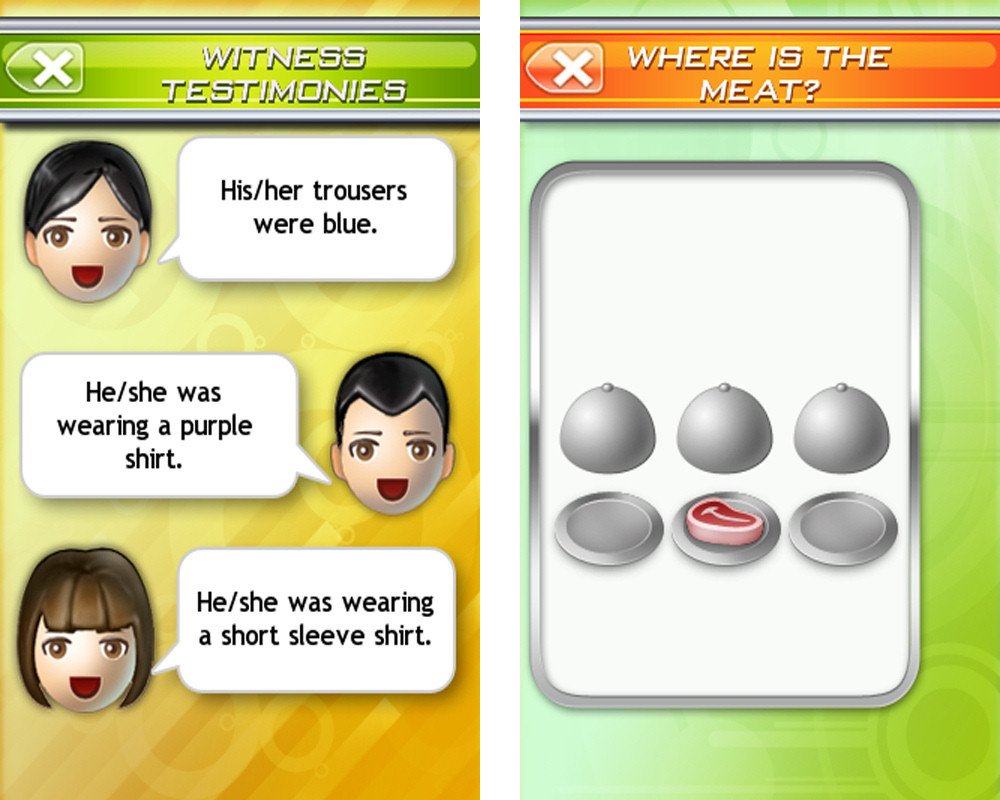
- Comparing Numbers: Two columns of numbers or equations scroll up from the bottom of the screen. Players must quickly determine which side (left or right) is greater than the other. Comparing Numbers is fairly enjoyable and intuitive, though the pool of equations should be much larger.
- Falling Numbers: Numbers fall from the top of the screen in two different colors, and players must decide what to do with each one before it hits the bottom. If a number is black, you enter that exact number. But red numbers require that you calculate difference between nine and that number. For instance, a red three would require players to select 6 (9 – 3 = 6). The numbers fall quickly after a while, so this one definitely keeps you on your toes.
- Find the Same Kind: The game asks a question like “Which is a musical instrument?” Players must then find all of the instruments from a grid of nine choices. This one gets old primarily due to the small pool of questions and answers for each question.
- Fishing Frenzy: Three fisherman are shown catching a number of fish, and then the game asks who caught the most of one type of fish. It’s tough keeping track of what they’re catching on the fly, though you can always cheat and write their catches down.
- How Many Balls: This game seems to be based on Brain Age’s “Headcount,” where players had to count how many people went into a house. Here balls fall into a couple of boxes, and some of them switch boxes after falling as well. Counting the balls isn’t too bad until a second color comes into the mix – there’s no telling which color the game will ask you to count, and I for one couldn’t count both colors in both boxes.
- Line Up: Players have a few seconds to memorize one or two cartoon faces and then select them from a lineup of four. Not all that fun, but not too hard either.
- Memorize: One of my least favorite games. A random mixture of office supplies is shown onscreen for a few seconds. Then you have to answer questions about their quantities and colors. I could never memorize all of the details before the picture disappeared.
- Suspect: Three witnesses describe a suspect’s hair and clothing, and then the player picks the suspect out of a lineup. Not a bad minigame, though it goes on for way too long.
- Umbrellas: The single worst exercise of the bunch. You’re shown nine umbrellas and asked to find all of the ones that spin clockwise, “anticlockwise,” or stationary. The timer starts ticking immediately, so there’s precious little time to actually find the umbrellas after reading the question. This one goes on far too long and gets way too difficult by the end.
- What Is This: Look at a picture of a fruit or vegetable and then select its description from a list. Pretty easy, though the names of the edibles are off: a bell pepper is called a paprika and a persimmon is… Hell, I don’t know what a persimmon is but it looks kind of like a tomato. Hate when that one comes up.
- Combine Blocks: The game shows a 4 x 4 grid of blocks with a few blocks missing. Players choose the pattern of blocks that would fill in the holes.
- Where Is the Meat: The shell game, but with one-three pieces of meat. I like this one because it’s easy, but it shows up way too often in the daily exercises.
- Sort Out Food: Meat, fish, and veggies drop from the top and must be sorted before they hit the bottom.
- Pest Control: A 3 x 3 grid contains one-four insects, all of which the player must quickly tap before they disappear. Many people struggle with this one due to the very short input window, but I didn’t have any trouble.
- Classify the Creature: This one simply displays a creature’s name and asks you to choose its classification (fish, insect, plant, etc.).
Also, Sudoku
All the latest news, reviews, and guides for Windows and Xbox diehards.
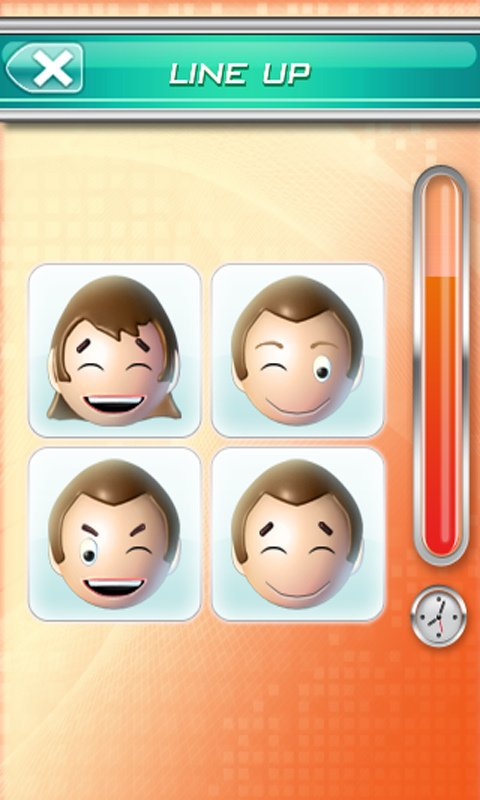
Sudoku is presented as a bonus game, separate from the other brain training activities. Remember how I said Brain Age had the best version of sudoku I’ve ever played? Well, More Brain Exercise’s sudoku is easily the worst I’ve seen, and probably the worst on Windows Phone, period. First off, there’s no penciling in numbers, an essential part of the sudoku solving process. Forget about solving puzzles legitimately.
Second, even the process of entering numbers in pen is slow and unintuitive. In most touch-screen sudoku games, players tap a box and then select the number to write in it. Here, you can’t directly select a box – instead it brings up the entire 3 x 3 section, and then you pick the number. The extra step is pointless, much like this version of sudoku.
Problems galore
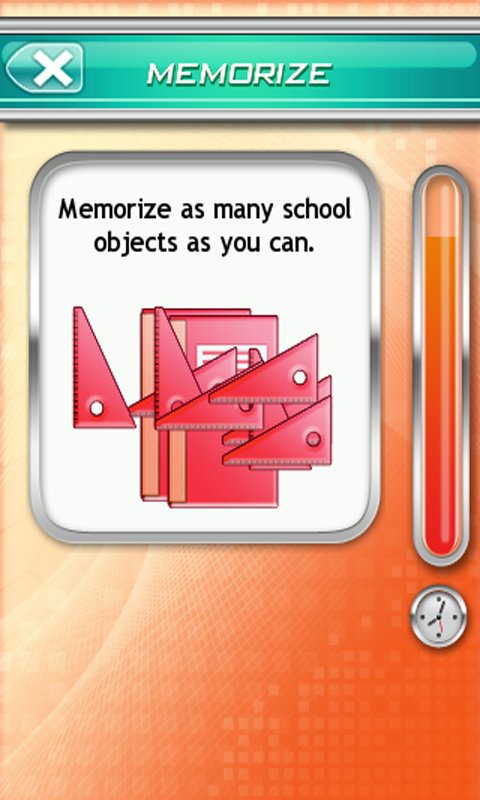
I could easily write 500 words on More Brain Exercise’s many faults, but let’s try to keep it concise. Like Guitar Hero 5 Mobile, this game was clearly designed for older phones rather than modern smartphones. The graphics and even fonts are pathetically low resolution, and the menus are terrible. Numbers are laid out unnaturally in minigames that require numerical input... Ineptitude abounds.
My other major complaint is the timed-nature of all the minigames. The key to scoring well in all of them is to answer quickly. But you’re often not given enough time to scan the possible answers (especially in Umbrellas), which makes them frustrating when they could have been fun. “Umbrellas” is the worst culprit, but it’s common across several of the exercises.
Speaking of difficulty, several minigames are harder than they should be due to the strange word choices. For instance, Memorize calls a triangle a setsquare (as it’s known in Britain, I think). Every time the game asks about a set square, I have to mentally convert that to triangle to know what the game’s talking about, all while the timer ticks cruelly down. The same is true of fruit and vegetable names in “What is This,” to say nothing of the use of ‘anticlockwise’ in “Umbrellas.” Perhaps these words make perfect sense in Europe, but the language should have been revised for the American release.
Achievements
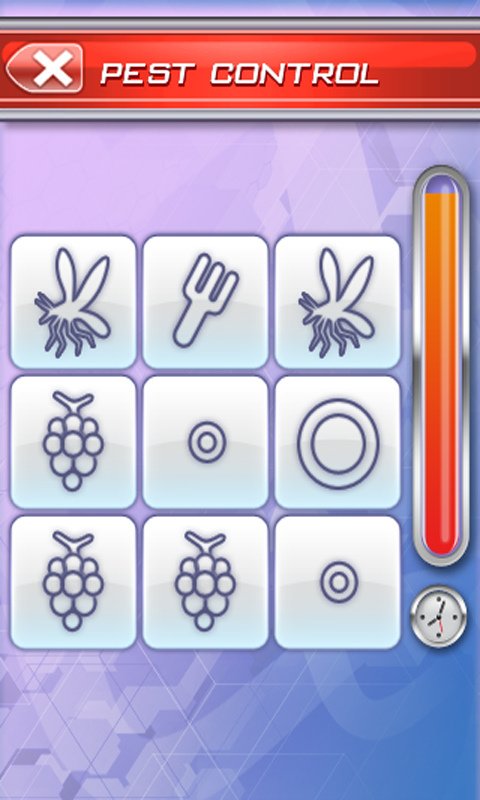
What’s worse than a terrible game? A terrible game with broken Achievements, of course! See, exercises are categorized by the part of the brain they supposedly exercise: Frontal, Temporal, and Parietal. Players earn 2-3 points in each category by completing daily brain training. There are Achievements for reaching 100 points in each individual category as well as one for hitting 100 in all three. In theory, after completing brain training for 50 days or so, all four associated Achievements should unlock. But “It's Not Temporary” (Be awarded 100 points for Temporal lobe exercises) simply doesn’t unlock, even after “Mindblowing” (Be awarded 100 points for each lobe area) has been earned. Given the thrown-together nature of this game, I doubt it will ever be fixed.
Even the Achievements that do work are pretty annoying. For instance, you have to play the game for 30 days in a row for one, and the others I described above require about 50 days of playing. More Brain Exercise simply isn’t worth all that effort.
Overall Impression
More Brain Exercise is one of the worst games on mobile Xbox Live, right next to 3D Brick Breaker Revolution in its horribleness. The entire game reeks of inelegance and dare I say, slave labor. Perhaps this game is some unfortunate person’s cry for help. Whatever the case, More Brain Exercise should be avoided at all costs, and Dr. Kawashima should stop whoring his name out indiscriminately. I would love a competent Brain Age clone on Xbox Live, but this definitely isn’t it.
More Brain Exercise costs $4.99 and thankfully there is a free trial. Save yourselves! If you must download it, go here (Zune link) on the Marketplace.

Paul Acevedo was formerly a Games Editor at Windows Central. A lifelong gamer, he has written about videogames for over 15 years and reviewed over 350 games for our site. Follow him on Twitter @PaulRAcevedo. Don’t hate. Appreciate!
